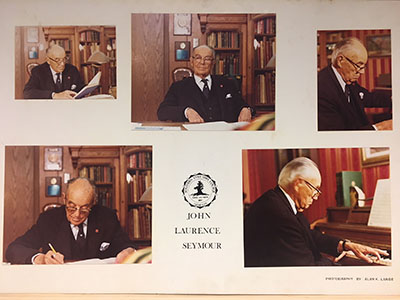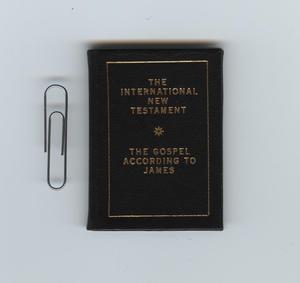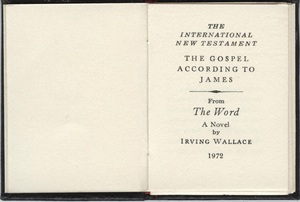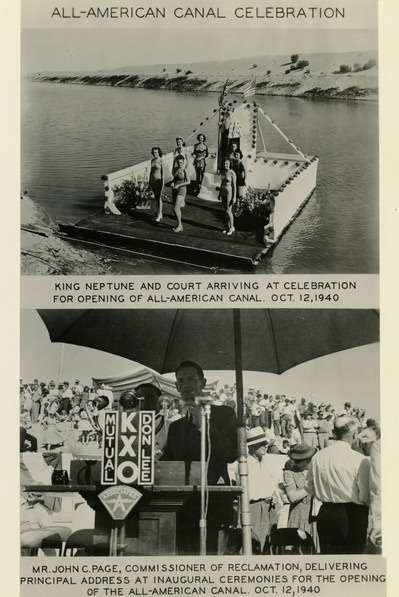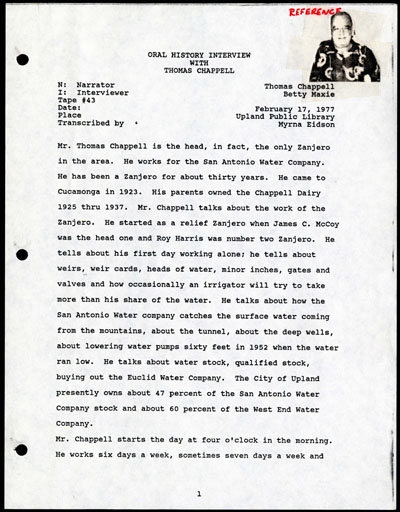Mr. Frankish’s letters are fascinating pieces
of correspondence and most times read like
telegrams. They reveal as much about the
subject matter as they do about the author and the recipient. Today I was
reading a letter he wrote to Mr. MacNeil with regard to an issue involving pipe
lines. He wrote,
“Jeff Eads still refuses to allow us to put
in pipe line on his land…..If it is only a question of paying this
fool’s expense to L.A. & back why we can pay it but where am I to find him to do so. As a matter of
fact I don’t think he has any title on it. Cannot we
go
ahead in spite of him? Let me know by return mail what you think had best be
done in the matter.”
This
made me think of eminent domain. I didn’t understand much about the legalities
of eminent domain so I decided to dig further. On the Owner’s
Counsel Website, I learned that the
government’s power of eminent domain extends to government agencies but also some
private companies or individuals may also be granted the power to condemn
private property to complete certain projects intended to benefit the public
(these include oil and gas companies, railroads or other privately-owned
utility companies). Eminent domain allows a government to take property without
the consent of the owner but the government has to provide just compensation for
eminent-domain takings. I guess the question is whether money can account for
the emotional and cultural costs of eminent domain. I can see why the issue is
controversial.
Normal
0
false
false
false
EN-US
X-NONE
X-NONE
/* Style Definitions */
table.MsoNormalTable
{mso-style-name:”Table Normal”;
mso-tstyle-rowband-size:0;
mso-tstyle-colband-size:0;
mso-style-noshow:yes;
mso-style-priority:99;
mso-style-parent:””;
mso-padding-alt:0in 5.4pt 0in 5.4pt;
mso-para-margin-top:0in;
mso-para-margin-right:0in;
mso-para-margin-bottom:10.0pt;
mso-para-margin-left:0in;
line-height:115%;
mso-pagination:widow-orphan;
font-size:11.0pt;
font-family:”Times New Roman”,”serif”;}
